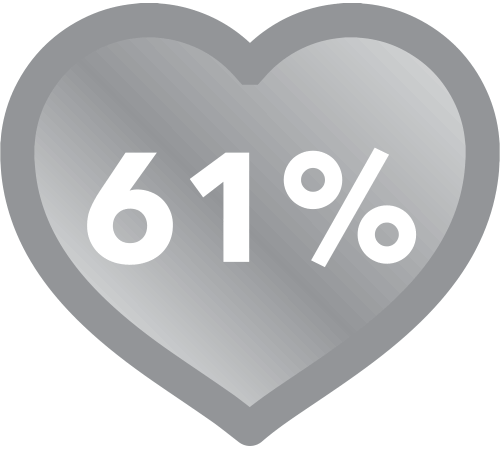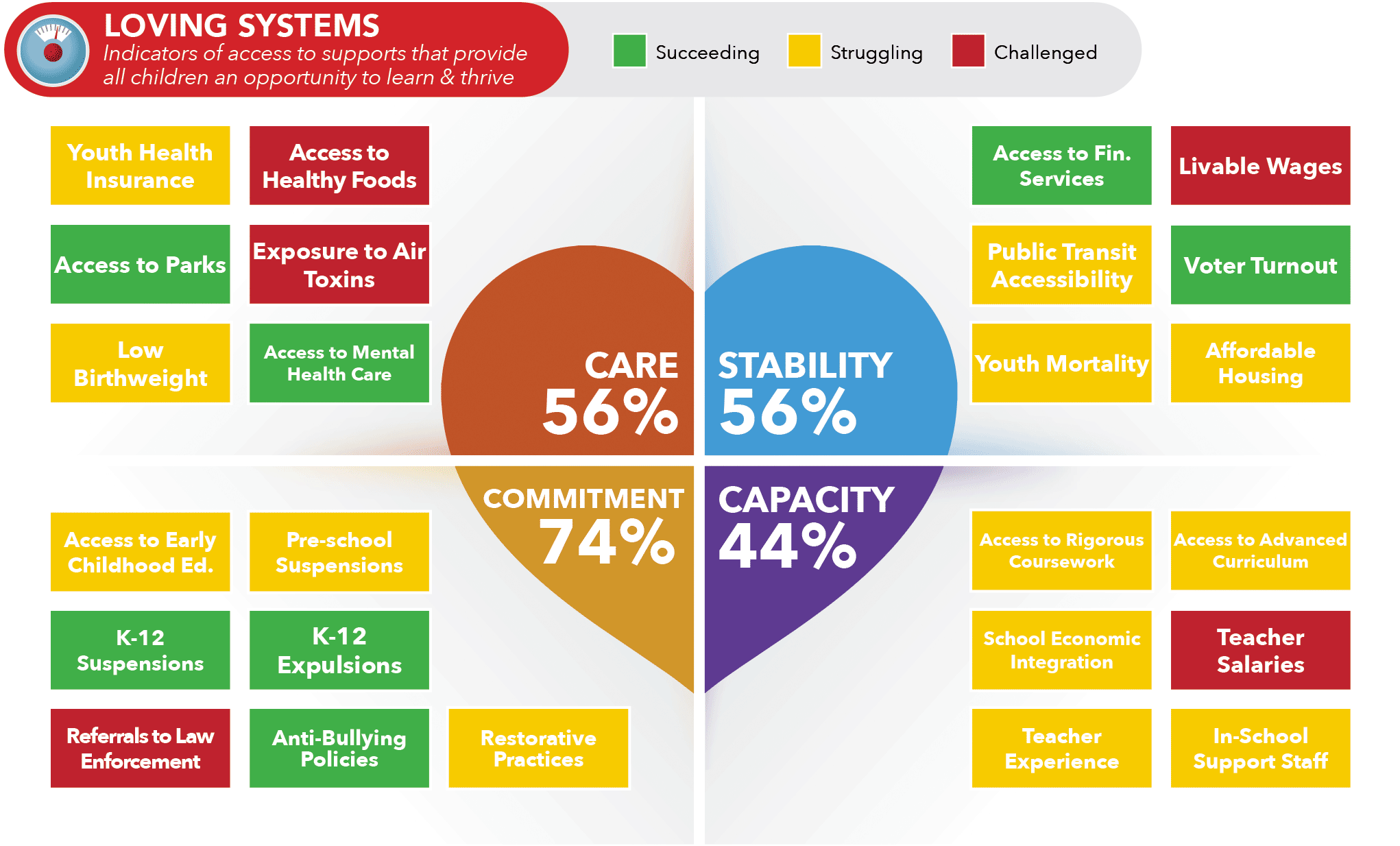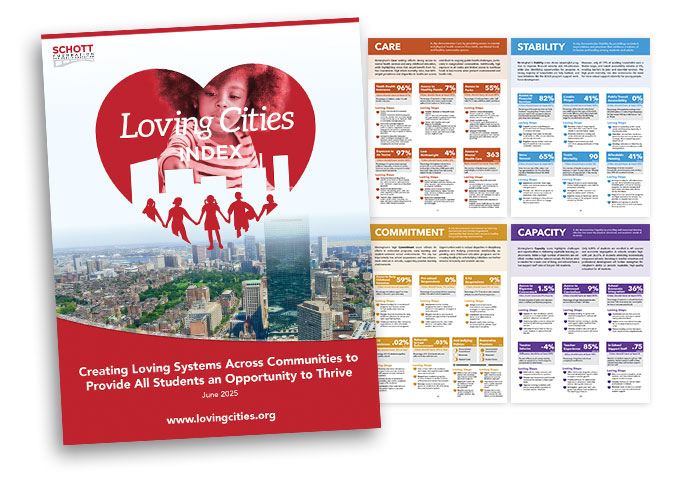San Diego is a city shaped by a rich cultural legacy and a deep connection to the land and sea. As the traditional home of the Kumeyaay Nation, San Diego’s history stretches back thousands of years, long before becoming California’s first European settlement in the 18th century. Today, it is the second-largest city in the state, known globally for its beautiful coastline, thriving biotech and defense industries, and one of the largest military populations in the United States.


of supports measured
Home to more than 1.4 million residents, San Diego is a diverse and growing city, where 45% of the population identifies as White, 30% as Hispanic or Latino, 16% as Asian, and 6% as Black or African American. The city’s neighborhoods reflect a blend of cultures and histories, from Chicano Park’s murals in Barrio Logan to the vibrant Vietnamese and Somali communities in City Heights.
While San Diego enjoys a high quality of life and economic prosperity in many areas, its challenges are also pronounced. Persistent racial and economic segregation, rising housing costs, and disparities in access to education, transit, and healthcare have left many communities without the resources they need to thrive. Longstanding gaps in opportunity—especially in historically underserved neighborhoods—continue to shape life outcomes for children and families.
Expand to read more
San Diego is making measurable progress across key indicators of education, public health, and economic well-being. The city’s strengths in civic engagement and educational access are driving positive outcomes, even as affordability and equity gaps persist.
San Diego outperforms national averages in educational outcomes, with 50.43% of adults holding an associate degree or higher and a high school graduation rate of 92%. These achievements reflect ongoing investment in academic pathways. For example, the San Diego College and Career Readiness Consortium aligns K–12 education with postsecondary institutions to expand access to career and technical education (CTE) and dual enrollment programs.
Youth disconnection is low in San Diego, with only 4.99% of youth not in school or work. Programs like the San Diego Workforce Partnership’s “Connect2Careers” offer job training, mentorship, and placement services for opportunity youth, helping ensure continued education and employment engagement.
While child poverty in San Diego stands at 11.99%—below the national average—economic hardship remains concentrated in specific neighborhoods. The city has expanded access to wraparound supports through its Community Schools initiative, which embeds social services, nutrition, and academic supports in high-poverty schools to mitigate the impact of poverty on learning.
San Diego has a substantial population of English learners, who make up 16.14% of students. The district’s Multi Lingual Education Department leads the implementation of programs such as dual-language immersion, targeted English Language Development (ELD) instruction, and family engagement strategies to support multilingual learners. Additionally, the “Pathway to Biliteracy Award” celebrates student progress toward fluency in both English and a partner language.
San Diego Indicators

The Community Climate comprises indicators of a city’s current conditions in important areas such as education, economic stability, and public health. While these indicators do not uncover underlying supports or influences in a city, the outcomes provide a picture of a community’s well-being, economic mobility, and equitable opportunities.



